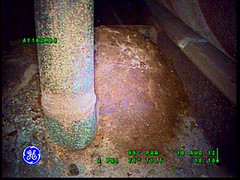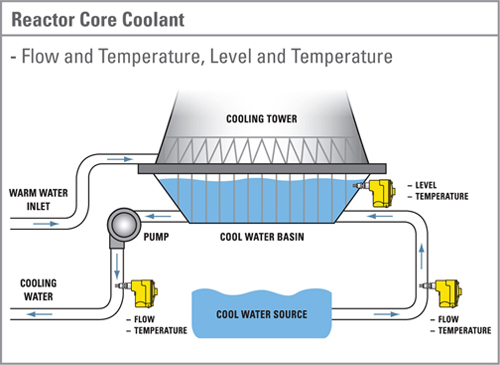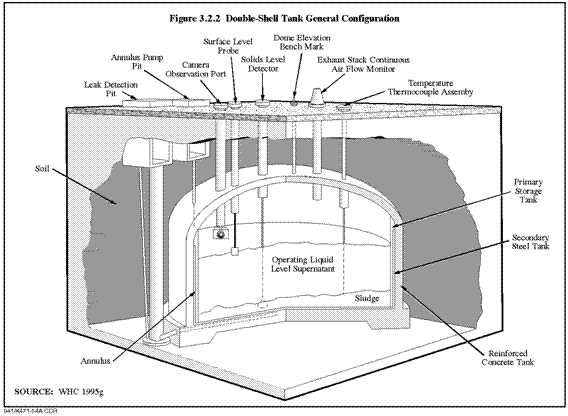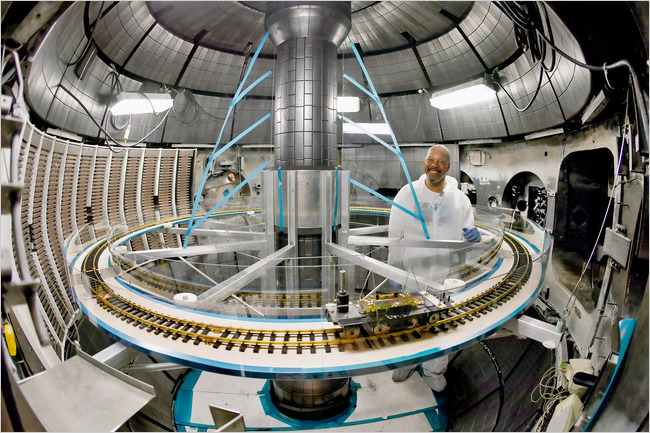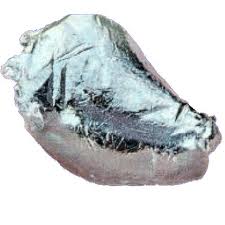The adverse effects of ionizing radiation on human health have been extensively studied. I have included information about what damage radiation can do in human bodies in other posts. Recent research indicates that there may be more biological damage caused by uranium than previous thought.
“Uranium binds strongly to DNA. This has been well known and described in the peer review literature since 1962.” (see references below) Uranium oxide is chemically similar to calcium which stabilizes the phosphate backbone of the DNA. Therefore, if uranium is in the body, it will tend to be concentrated in the DNA.
In 2002, a study was published in the Journal of Inorganic Biochemistry, Vol. 91, Issue 1, Pages 246-252 by A.C. Miller et al in the Applied Cellular Radiobiology Department of the Armed Forces Radiobiology Research Institute. They found that depleted uranium is an efficient catalyst for causing oxidative DNA base damage as a result of it’s chemical properties. This damage is much greater than any damage caused by its weak radioactivity.
A research project in 2005 tested the effect of uranyl acetate which is the acetate salt of uranium on mammalian cells. The research was published by Diane Stearns at Northern Arizona University in the scientific journal Mutagenesis, Vol. 20, Issue 6, page 417-423. The researchers were the first to find that there were DNA strand breaks and uranium-DNA adjuncts (compounds) formed after direct exposure to depleted uranium. This can lead to protein replication errors and cancer. They concluded that uranium could be chemically genotoxic and mutagenic and could be dangerous to health beyond usual damage due to radiation exposure.
French researchers at the Institut de Radioprotection et de Sûreté Nucléaire, Laboratoire de Radiotoxicologie Expérimentale led by C. Darolles published an article in 2009 on depleted versus enriched uranium in Toxicology Letters, Vol. 192, Issue 3, Pages 337-348. They found that while both types of uranium could cause cancer, the greatest danger from depleted uranium was caused by its chemical properties as a toxic heavy metal. The depleted uranium altered the number of chromosomes in the cell due to improper migration of chromosomes hen the cells divided. Although different than the effect of enriched uranium, this damage can also lead to cancer.
When considering the danger of exposure to low levels of atomized depleted uranium, it would appear that its tendency to concentrate in the DNA might pose a greater danger than just considering general body exposure to its radiation or general chemical effects of exposure to a toxic heavy metal.
References:
- Huxley, H.E. & Zubay, G. 1961. Preferential staining of nucleic acid containing structures for electron microscopy. Biophys. Biochem. Cytol. 11: 273.
- Constantinescu, D.G. 1974. Metachromasia through uranyl ions: a procedure for identifying the nucleic acids and nucleotides. Anal. Biochem. 62: 584-587
- Nielsen, P.E, Hiort, C., Soennischsen, S.O., Buchardt, O., Dahl, O. & Norden, B. 1992. DNA binding and photocleavage by Uranyl VI salts. J. Am. Chem. Soc. 114: 4967-4975.

